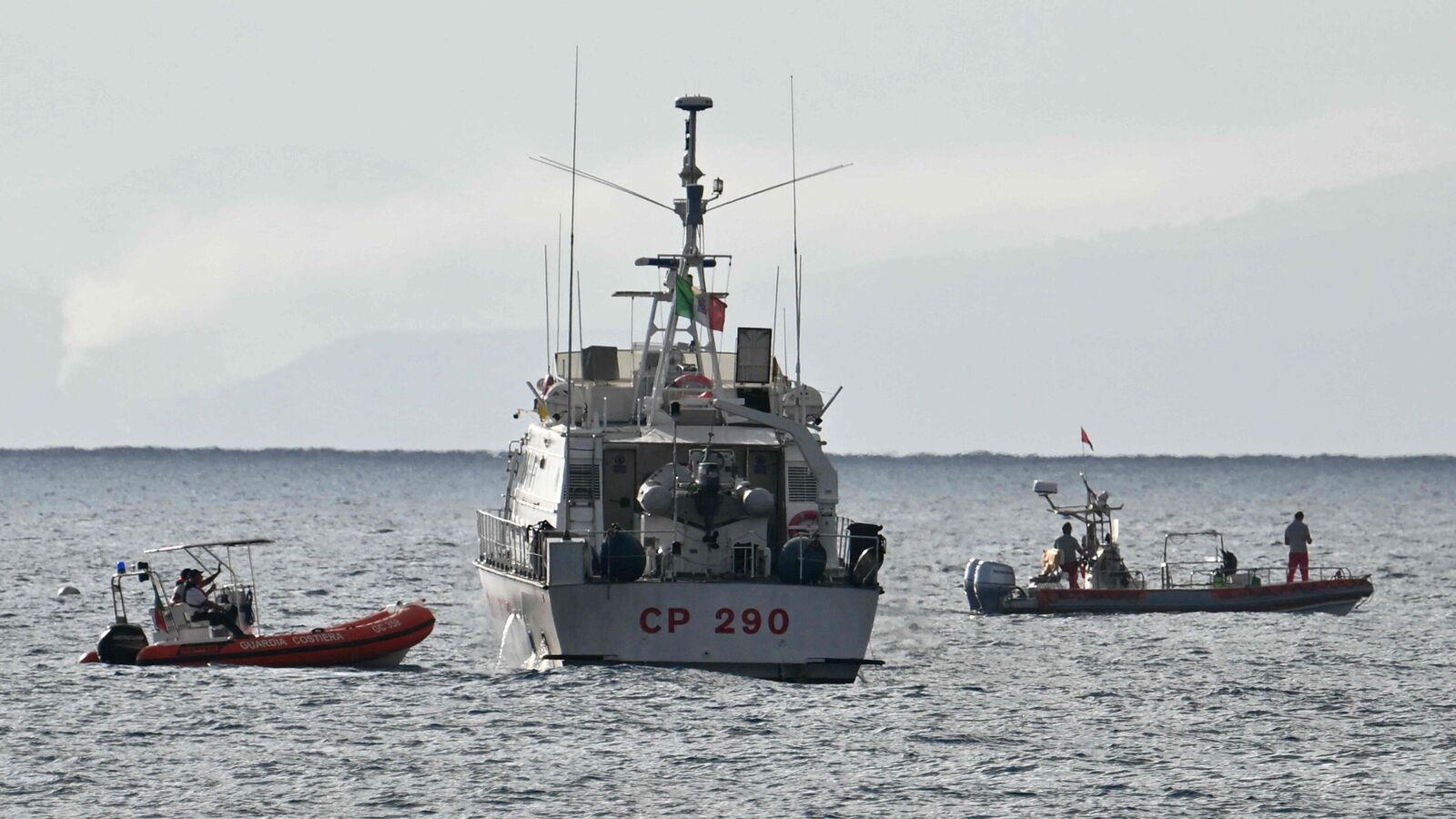On August 19, during a sudden overnight storm, a superyacht sank off the coast of Sicily. There were 22 people on board, including Mike Lynch, a British technology magnate, and his wife, who owned the yacht. The Italian coast guard rescued her and 14 others; one passenger was recovered dead and six are still missing, including Lynch and his teenage daughter. Witnesses say the massive 56-metre-long vessel sank within minutes.
The Bayesian appears to have been the victim of extreme weather conditions, but as it sank overnight, it remains unclear exactly who caused the disaster. One possible culprit is a tornadic waterspout, a weather phenomenon that occurs at sea, usually accompanied by strong winds and waves. Waterspouts arise from powerful thunderstorms, many of which have hit Italy this summer. How dangerous are they?
Waterspouts fall into two categories: those that occur during fair weather and those that form during a tornado. Both are columns of fog and spray that connect the clouds in the sky to the sea. Waterspouts that occur during fair weather are weak, brief, and form from the surface of the sea, rising into the sky with warm air. A waterspout that forms during a tornado is, in essence, a tornado. Most tornadoes are formed by severe thunderstorms called supercells, during which currents of warm air rise while colder, denser air descends. When those currents are exposed to differences in wind strength at different altitudes, they create a vertical pillar that spins violently and eventually touches the ground (or, in this case, the sea).
Tornadic waterspouts can be very dangerous, but if one of them is responsible for the sinking of the Bayesian, it would be highly unusual. If the column of wind is strong enough, it could push a ship’s mast so far to the side that the ship could no longer right itself. According to witnesses interviewed by Reuters, the wind appeared to push the yacht’s mast into the water. Ship designers and owners often like very tall masts, partly because they can make a ship faster and partly because of the prestige that comes with it: at 72 metres, the Bayesian’s was one of the tallest aluminium masts in the world. This means that yachts often carry a lot of weight aloft, making them less stable. But ships of this type are designed in such a way that they should not sink even if their mast sinks underwater – their keel should provide a counterweight that would right the ship.
This suggests there were other problems – possibly portholes, hatches and the like that had been left open. The Bayesian also had a retractable keel, allowing it to dock in shallow harbours – if it had been raised during the storm, it would have reduced the leverage exerted against the wind’s force on the hull, mast and rigging. And the huge updraft of a beam creates an equally fearsome downdraft – which could have trapped the ship in its upturned position, allowing water in.
Given the growing consensus among scientists that extreme weather eventsSince, like storms and floods, they are influenced by climate change, many observers might wonder whether rare tragedies like these could become more common. But while the number of waterspouts reported in the Mediterranean has increased in recent decades, researchers believe this is largely due to better monitoring. There isn’t enough data to be sure, but there doesn’t seem to have been a marked increase since 2006, says Tomas Pucik, a researcher at the European Severe Storms Laboratory.
But it doesn’t take a sea sleeve to make a severe storm dangerous. Throughout 2023 and 2024, oceans around the world have been abnormally warm. That can make storms more powerful and produce other worrying effects. One of them, a “downburst,” in which heavy, moist air rushes to the sea surface and creates strong surface winds that spread horizontally, is another possible explanation for the sinking of the Bayesian ship. Marine inspectors might be able to figure out exactly what happened to the ship. Experienced sailors already know how unpredictable the Mediterranean climate can be. Monday’s tragedy is a stark reminder.
© 2024, The Economist Newspaper Ltd. All rights reserved. From The Economist, published under license. The original content can be found at www.economist.com
Disclaimer:
The information contained in this post is for general information purposes only. We make no representations or warranties of any kind, express or implied, about the completeness, accuracy, reliability, suitability or availability with respect to the website or the information, products, services, or related graphics contained on the post for any purpose.
We respect the intellectual property rights of content creators. If you are the owner of any material featured on our website and have concerns about its use, please contact us. We are committed to addressing any copyright issues promptly and will remove any material within 2 days of receiving a request from the rightful owner.

